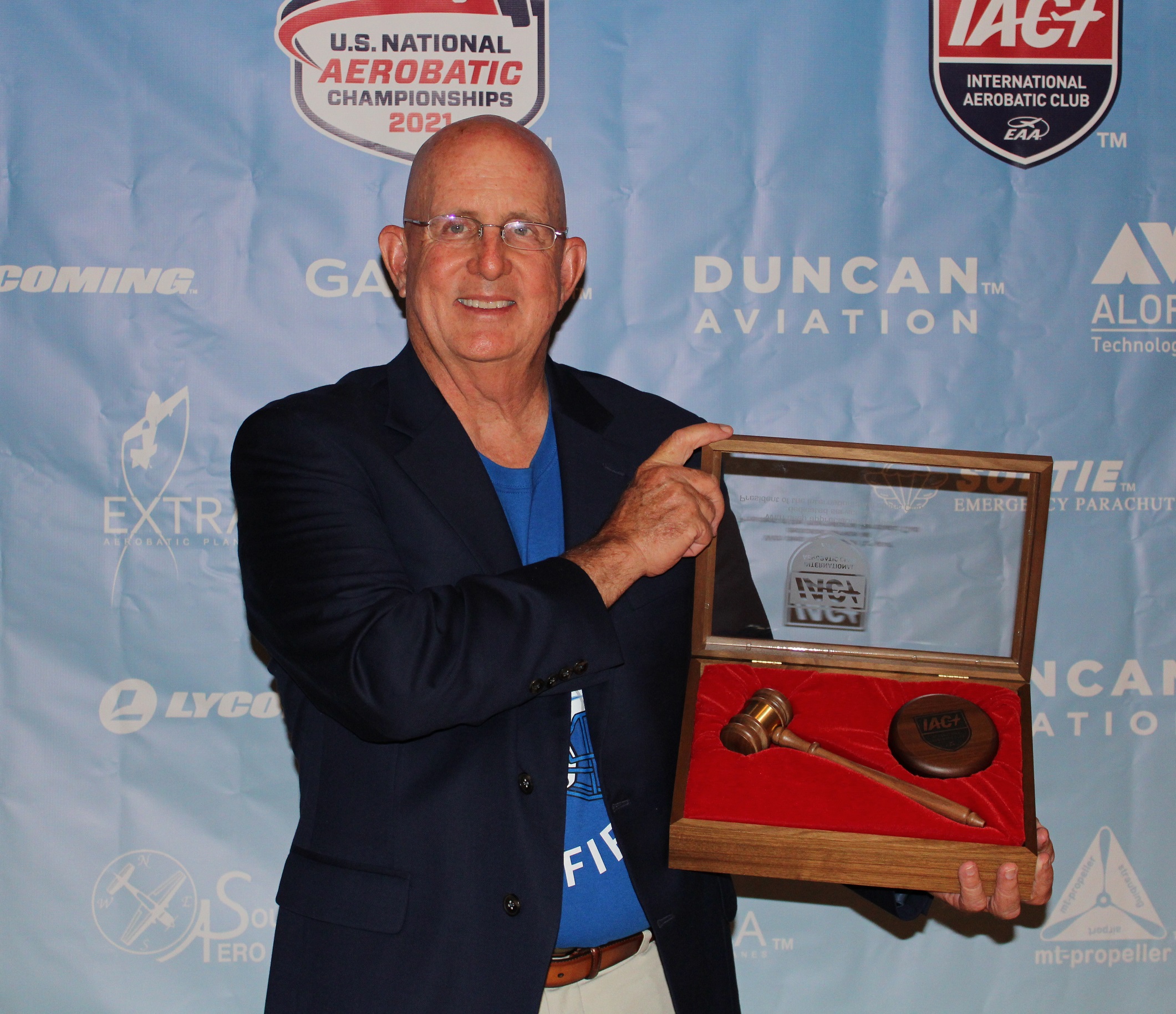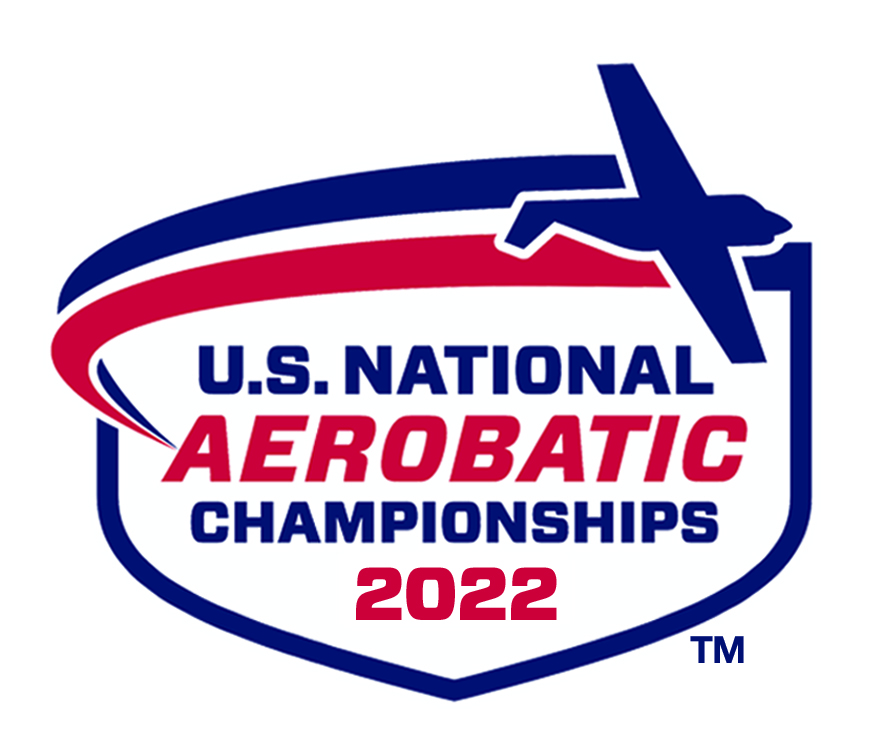A Letter to the next U.S. Nationals Contest Director

The U.S. National Aerobatic Championship is one of the most challenging of all IAC tasks. It is also one of the most rewarding if done well.
The U.S. Nationals is not a new event. As a matter of fact, it has been held for more than 50 years in one form or another. So, why is it so challenging? By now, it should be a cookie-cutter event. Just a “follow the script” sort of event. Well, not so, especially if it is a new venue (such as Oshkosh or Salina) or if it is under new rules (such as Unknown figures selection and wind speed rule changes), or if the financial pressures of the IAC have changed from one year to the next. These types of changes make each Nationals unique.
The Nationals is not just another contest; it is THE contest of the year. There is much riding on this contest and even more than most of our members know. Of course, the contest determines our U.S. National Aerobatics Champion, the winner of the Unlimited power category. But it also selects national champions in the other power and glider categories.
What most members do not know is that the U.S. Nationals is also the event that is used to balance the budget each year. While it will be argued by many — having been the IAC treasurer, president, and twice the Nationals CD, I can tell you that you will be required to bring home to the IAC a board of directors’ determined profit from the contest. In 2021, that requirement was $40,000! The amount is normally determined by the IAC Finance Committee and presented at the fall board meeting, so it is a number that you should know by now. The board of directors also will appoint a Nationals treasurer to ensure you are on track to meet the financial requirements.
My first piece of advice to you is to read the U.S. Nationals Contest Director's Handbook, all the after-action reports provided for the last two contests, the IAC minutes (IAC member login required) since the last Nationals, and of course, the IAC Policy and Procedure Manual (P&Ps) and the Official IAC Rule Book. The CD Handbook is the blueprint for what was done for the last several Nationals events. The after-action reports will show you our areas of success and failure in the eyes of the given writer. But most important of all is to focus on the P&Ps that support the Nationals and the rule book. You will be amazed while preparing for this contest how often people will quote you sections of the rule book that just are not there. It is a major challenge in preparing for the contest. You will need to know the contest rules better than anyone else.
Once you have done this upfront homework, your next task will be to decide what type of contest you should run. As the CD, you will have much discretion as to how the contest is run, and you will be held accountable for the results. The after-action reports will clearly identify the areas to consider. Do you want to ensure safety is the highest priority, or do you want to focus on the pilots having fun? Will you set the length of the contest on the needs of the volunteers or focus only on the needs of the pilots? Are you going to ensure the rules are strictly enforced, or are you willing to turn your head on small infractions of safety to keep the overall feeling of the contest upbeat? Will you focus on getting three flights in for all categories, or will you focus on selecting the national champions in each category and get all four flights in for team selection?
How many days will the contest run? It seems to be a simple answer. As many as it takes to get the flights in! But not so fast. How about the scores of volunteers who come to Nationals to help create a good experience for the pilots? In Texas, back in the first 10 years of the new century, the contest started on Sunday and ended on Friday. This amount of time allowed the volunteers to finish their workweek, travel on Saturday, and still be able to get up to speed late Saturday or early Sunday to support the pilots at kickoff on Sunday noon. The volunteers were able to be back to work the next Monday. We still plan the actual contest days this way but have a number of volunteers who come early for unofficial and official practice days, perform the tech inspections, and open registration for early arrivals.
How long will it take to run your contest? The answer is a key factor you will have to investigate. A word of caution: The rules identify that warmup figures are to be used for team selection if time allows. This year it will be the Advanced Team selection year, which equates to a large pilot base of team aspirants. (There were 15 pilots in Advanced in 2018, and this year there were 20. So, expectations for participation are high for 2022.) If time allows, you will need to have warmup figures for Advanced. The Unlimited pilots also will request warmup figures due to safety. Safety versus time will now be a consideration. Is safety only to be considered when time allows?
Once you have considered these items and others, it will be time for you to determine the type of contest you will run. You will need to identify your priorities and communicate them clearly to the board of directors. If you and the board are not on the same page, clearly identify the differences and work them out. This will be time well spent.
Let’s quickly look at priorities of flights. The P&Ps are somewhat clear on this topic (but it is the “somewhat” you will have to consider). The priorities are to 1) select an Unlimited (power) champion, 2) select a national champion in each of the other categories, 3) treat all categories fairly (I love that one), and 4) select the appropriate national team. That all sounds wonderful until you run out of time and choices must be made. If you must cut flights, which category do you cut first? This could be a long discussion all by itself. You will have to determine ahead of time whether you want to prioritize the peak of the pilot pyramid or the base of the pilot pyramid. You picked a great volunteer team to support you; now get their input and support.
There are several reasons for this situation. The costs to run the IAC has steadily increased while the membership of the IAC has stayed the same or slowly decreased. Annual dues over the years have remained constant. Nationals has been used as the largest account string to balance the budget. Over the years, it has gone from a break-even event in 2005 to a major profit center in 2021. The expenses for Nationals have increased dramatically. The biggest culprit is the cost of the hangar. In Texas and later in Oshkosh, our hangars were donated to us for the week. In Salina we pay for them to a tune of $1,400 per day (another reason to consider the length of the contest). So, the simple answer to the question is this: “Due to increased expenses such as hangar costs and profit demands for the IAC’s bottom line, the cost of the contest has increased by $260 in the last 13 years for the average pilot who flies in the Sportsman through Unlimited categories.”
The key to financial success for the U.S. Nationals will be determined by your Nationals treasurer and the volunteers you select to solicit sponsorships for the national event. You cannot have a financially successful event without a tremendous amount of support from sponsors. The willingness of these few companies and individuals to support this event determines the event’s financial success and the financial success of the entire IAC.
Now here is another layer of consideration. The airport controls the facilities and land, the tower controls the movement areas and the airspace we fly in, and you along with your volunteers will control the other contest variables. Where will you locate the aerobatic box this year? If you move it back to the west you will reintroduce the communication problems experienced in 2019. If you move it further to the east, you will greatly increase the tower’s concern for runway conflicts. If you leave it where it was in 2021, you will have to deal with compressed holding areas to the west and in the tower to the east; although the new tower personnel have now experienced their first Nationals, there is still some concern.
Let me stop here before I scare you away from the job. In summary, it is my opinion that to run the U.S. National Aerobatic Championships, you will have to: 1) Know the rules governing Nationals better than anyone else, 2) have a clear image in your mind of the Nationals you want to run, 3) get the support of the board of directors, and 4) select a volunteer group that will support your vision.
I wish you the best of luck in 2022. An old friend and “old buzzard” pulled me aside during the later days of the 2021 contest and told me, “You are doing a great job. Half of the pilots are mad at you, and the other half are having a great time. That is the best you can expect!”
 Watch for all the details and updates on the 2022 U.S. National Aerobatic Championships here:
Watch for all the details and updates on the 2022 U.S. National Aerobatic Championships here:

https://www.iac.org/2022-us-national-aerobatic-championships

